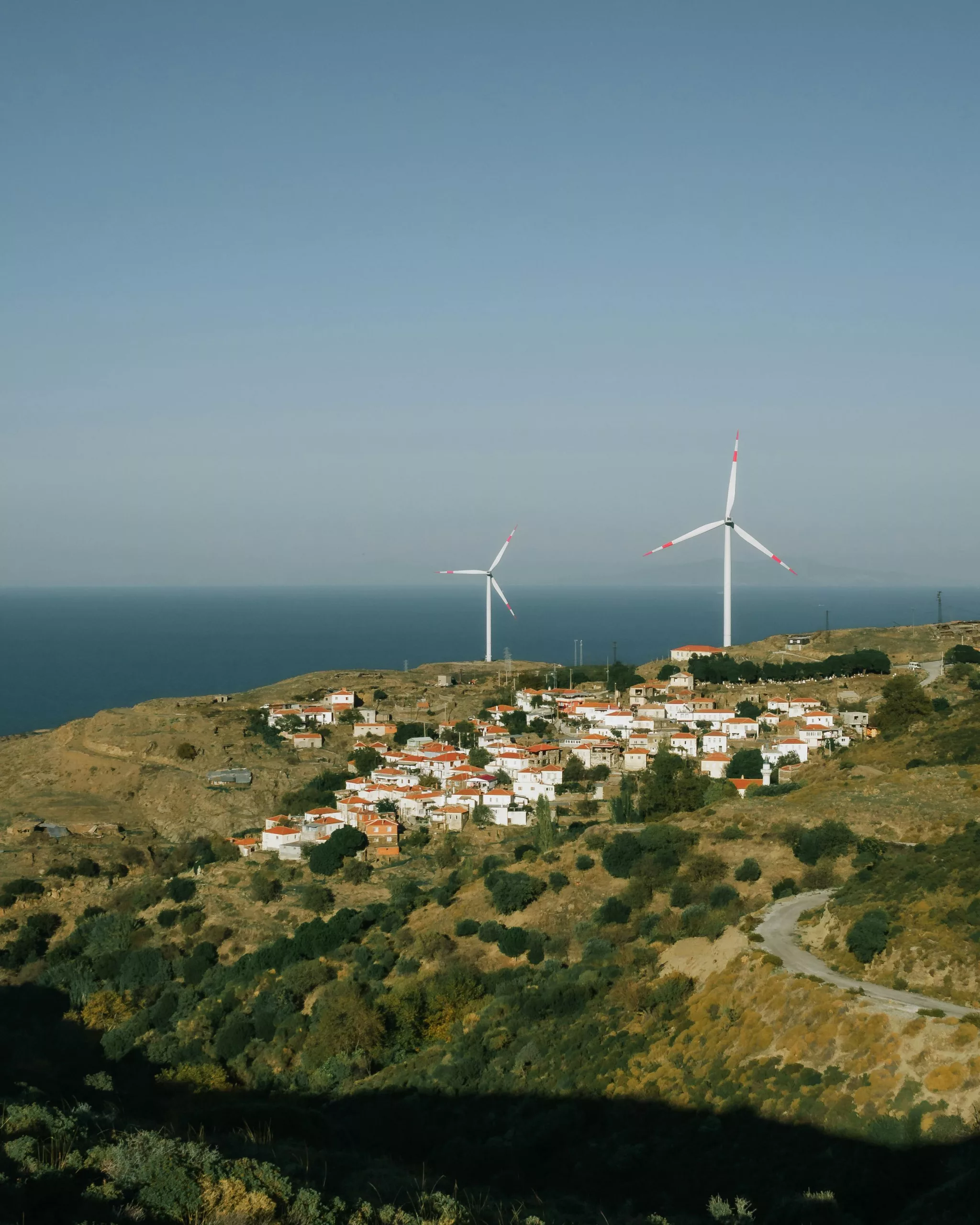Fossil fuel proponents have been rallying local residents against wind energy projects by citing a decline in property values. However, recent findings suggest that the depreciative effect on real estate is minimal, and the U.S. Department of Energy (DOE) is actively encouraging rural property owners to adopt wind technology.
Separating Fact from Feeling
Personal views on wind turbines can be subjective, but the influence on property prices is a measurable factor. Studies, especially those from the Wind Energy Technologies Office (WETO) of the DOE, highlight that any potential negative effects on property values are minor and infrequent. Notably, WETO references a 2013 survey by Lawrence Berkeley National Laboratory, which evaluated nearly 7,500 home sales near various wind energy facilities and found negligible impacts.
Comprehensive Research to Clarify Concerns
An extensive 2021 study examined half a million home sales around 428 wind farm projects over a decade. While some price drops were observed for properties situated less than a mile from wind turbines, these impacts were limited, short-lived, and often linked to early development concerns. The study also found that strict regulations often restrict how close wind turbines can be built to homes, further minimizing any potential negative effects on real estate values.
Dismantling the Visibility Myth
A collaborative study involving hundreds of millions of home sales and thousands of wind turbines found the actual impact on house prices to be smaller than anticipated. Co-led by Professor Maximilian Auffhammer of UC Berkeley and involving international teams, the research revealed a minute decline of around 1% in value for homes with visible wind turbines within a 10 km radius. Again, the study affirmed the temporary nature of this impact and limited it to a narrow selection of properties.
Embracing a Wind-Powered Future
Despite solid data, local resistance to wind farms persists, bolstered by misinformation and sometimes more notable in affluent communities. Independent of large utility projects, however, small-scale distributed wind ventures present an opportunity for rural energy generation. According to the DOE, distributed wind could potentially meet half of America’s electrical demands. With enhanced reliability and state incentives, initiatives like the National Distributed Wind Network and the Distributed Wind Energy Resource Hub are providing the necessary support for landowners interested in participating in distributed wind projects. Additionally, the RAISE program is already making strides by enlisting farmers to integrate wind turbines onto their lands.
The indisputable evidence and governmental incentives are setting the stage for a wider acceptance and implementation of wind energy infrastructure, particularly in rural America, thereby transforming the landscape towards a more sustainable and energy-independent future.
